My research focuses predominantly on utilizing citizen science as a tool to bring authentic data-rich experiences to undergraduates, both in person and online.
I began my career as a planetary scientist, focusing predominantly on planet formation and the role of winds in clearing protoplanetary material. Later in my career, however, I transitioned into Discipline-Based Education Research (DBER) with an astronomy/planetary sciences focus.
My current projects utilize citizen science as a tool to bring authentic data to undergraduates at different stages of their career.

CLASSROOM.ZOONIVERSE.ORG
For this effort, my research team and I develop data-rich classroom activities for undergraduate non-science majors that involve contributing to citizen science projects active on the Zooniverse platform. Students learn about topics at the forefront of current disciplinary research and immerse themselves in a variety of representations (charts, tables, figures) to better understand the process real scientists undergo when answering complex research questions. Labs have been completed on the topics of transiting exoplanets and climate change utilizing the Zooniverse projects Planet Hunters - TESS and Floating Forests, respectively. We are currently developing two additional activities with an emphasis on culturally responsive curricular development on the topics of Martian weather and climate (Planet Four) and gravitation waves (Gravity Spy). After the pilot testing phase is complete, these curricular materials will be available on the Zooniverse classroom page for public access.
This research effort is funded by a grant through the National Science Foundation - Improving Undergraduate STEM Education (IUSE) track (Award #1821319).
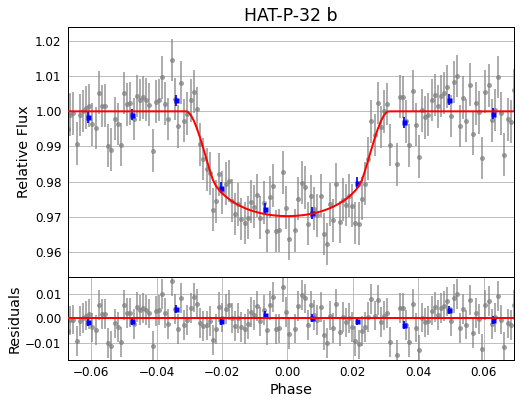
DEVELOPING AN ONLINE RESEARCH COURSE FOR ASTRONOMY MAJORS
In this effort, we are developing the first fully online research course for astronomy majors. Utilizing Exoplanet Watch (a high-level citizen science project through NASA’s Jet Propulsion Laboratory) and DIY Planet Search (a tool built out of the Harvard-Smithsonian Center for Astrophysics), our online students will be using robotic ground-based telescopes to take follow-up observations of large, previously-discovered exoplanets. Using the tools provided by Exoplanet Watch and DIY Planet Search, these students will update the orbital properties of these exoplanets, and post them to a well-renowned national database. These updated parameters will help future space-based missions (like JWST and ARIEL) observe these giant exoplanets more precisely to help scientists learn more about distant planet atmospheres.
This research effort is funded by a grant through the National Science Foundation - Improving Undergraduate STEM Education (IUSE) track (Award #2121225).
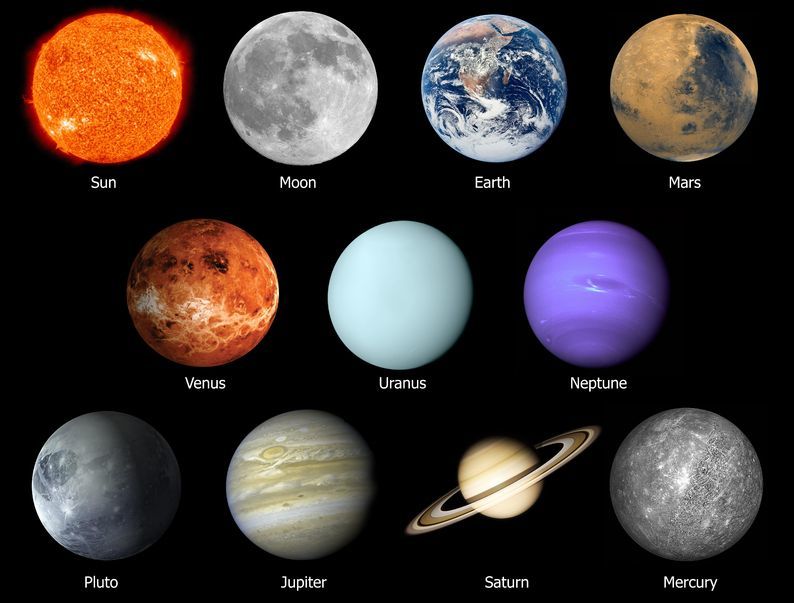
THE DEVELOPMENT AND VALIDATION OF THE PLANET FORMATION CONCEPT INVENTORY

EVIDENCE FOR MAGNETICALLY DRIVEN PROTOPLANETARY DISK WINDS
We analyzed forbidden lines (predominantly the [O i] line at 6300 A) from a sample of 33 T-Tauri stars with disks spanning a range of evolutionary stages. After removing a high-velocity component (HVC) associated with microjets, we focused our efforts on studying the low-velocity component (LVC) to better elucidate its origin.
The LVC can be attributed to slow disk winds that are either thermally or magnetically driven. We found that the LVC itself can be resolved into two distinct components: a broad component (FWHM > 40 km/s) and a narrow component (FWHM < 40 km/s). Additionally, we found that the FWHM 15 of both components correlates with the disk inclination, consistent with Keplerian broadening from radii of 0.05 to 0.5 AU for the BC and 0.5 to 5 AU for the NC. Since the BC emission arises inward of 0.5 AU where the gravity of the star/disk system is strong, we eliminated the possibility that the BC traces a thermally-driven wind, and instead suggested that it traces the base of a magnetohydrodynamic (MHD) wind. For the NC, half of the features we observed had centroid velocities consistent with the stellar velocity, and the other half had blueshifts between -2 and -5 km/s. For this component of the LVC, the origin remains more elusive, and we could not exclude the possibility that the NC arises in a photoevaporative wind.
POSTDOCTORAL RESEARCHERS
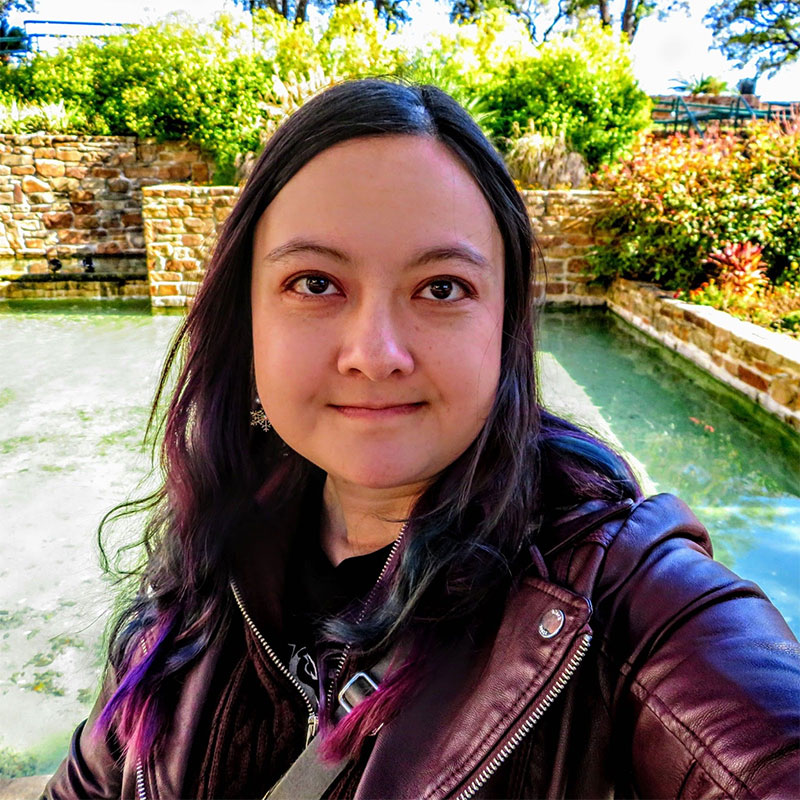
Christine O’Donnell
Christine O’Donnell (she/her) is a Postdoctoral Researcher with a passion for learning how the Universe works and sharing that knowledge with others. Her Ph.D. dissertation was a combination of (1) research into galaxy formation leveraging the power of both observations and simulations and (2) research into developing a framework for inclusivity-driven education in a general-education astronomy course. At ASU, she develops, implements, and assesses curricular materials that promote equitable science education through culturally responsive approaches. Her work is designed to empower learners to connect science with their personal/sociocultural identities and thus guides them to become social justice change agents.
GRADUATE STUDENTS
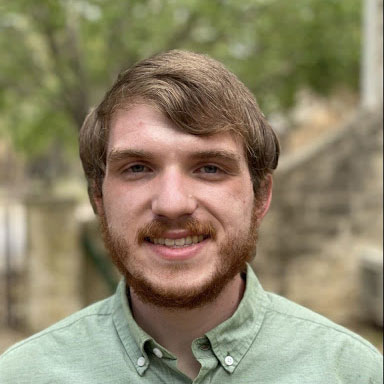
Peter Smith
Peter is an Astrophysics PhD student in ASU’s School of Earth and Space Exploration. He is a native Texan and earned his BS in astrophysics from the University of Texas in 2020. His primary research focuses on ground-based characterization of planets outside our solar system. Within SESE’s Astronomy Education Research Group, Peter is working to develop a culturally responsive and inclusive curricular model to be combined with citizen science based classroom activities. Through his research, Peter intends to address barriers to participation in the natural sciences for students who do not identify with majority groups. In his free time, he loves to bake or be outdoors.
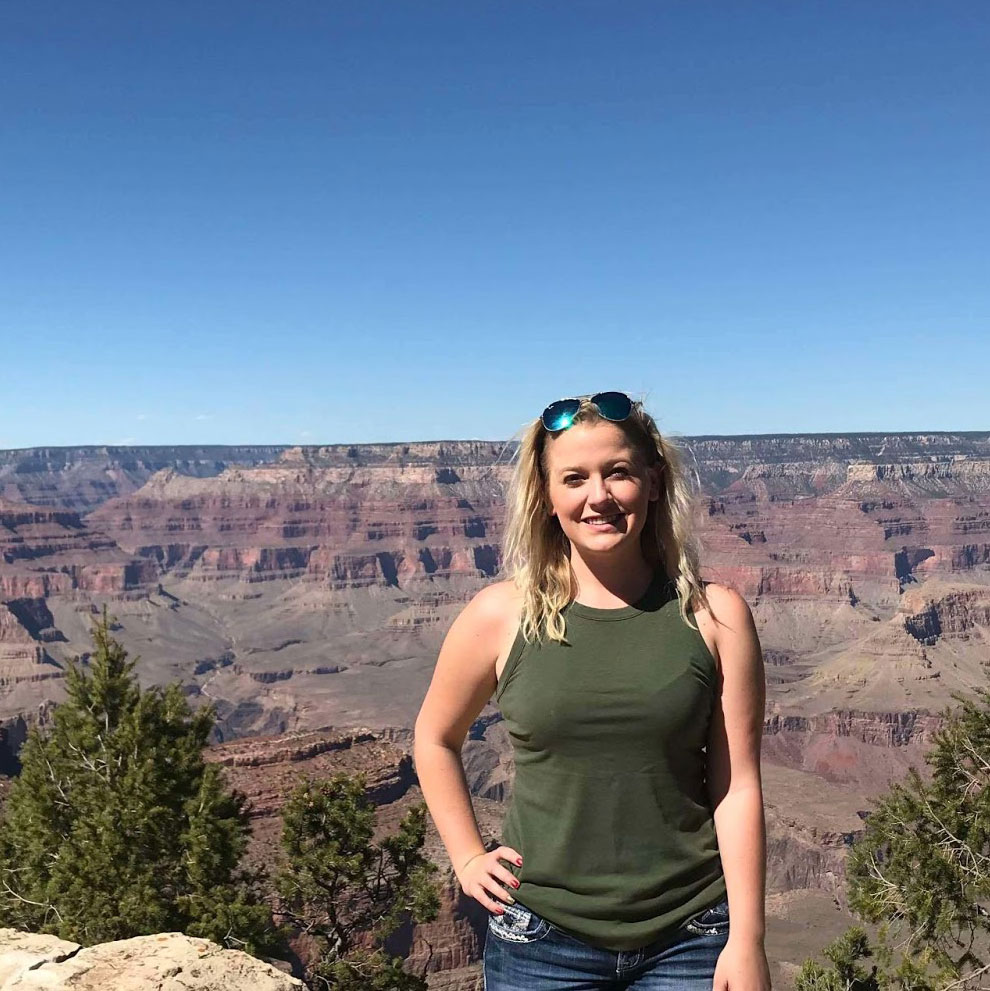
Haylee Archer
Haylee Archer (she/her) is an Astrophysics PhD student in ASU’s School of Earth and Space Exploration whose primary research is studying star formation in dwarf irregular galaxies. She holds a Master’s in Science Teaching and works with Dr. Simon for her secondary project assessing the efficacy of different active learning strategies in introductory astronomy courses. She is passionate about making science accessible and comprehensible to all students.
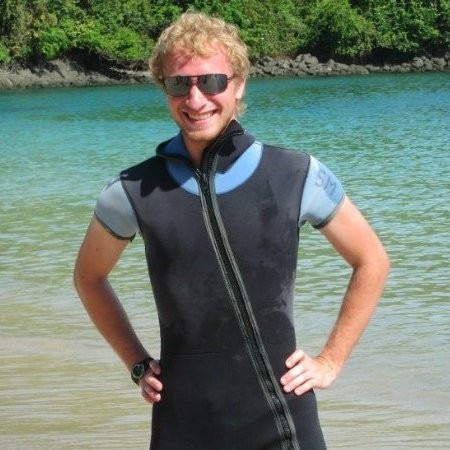
Isaac Rosenthal
Isaac is a PhD student in the School for the Environment at University of Massachusetts Boston. He was connected to Dr. Simon through their mutual work on citizen science at The Zooniverse, where they developed classroom curricula to pair with online citizen science projects. Much of Isaac’s research focuses on the intersection of natural and human systems. He tries to leverage natural history, social factors, and modern analytical techniques to learn about global change. In addition to his work with Dr. Simon, he is also a trail guide and an AAUS certified diver with contributions to many long term academic and citizen science field monitoring projects.
